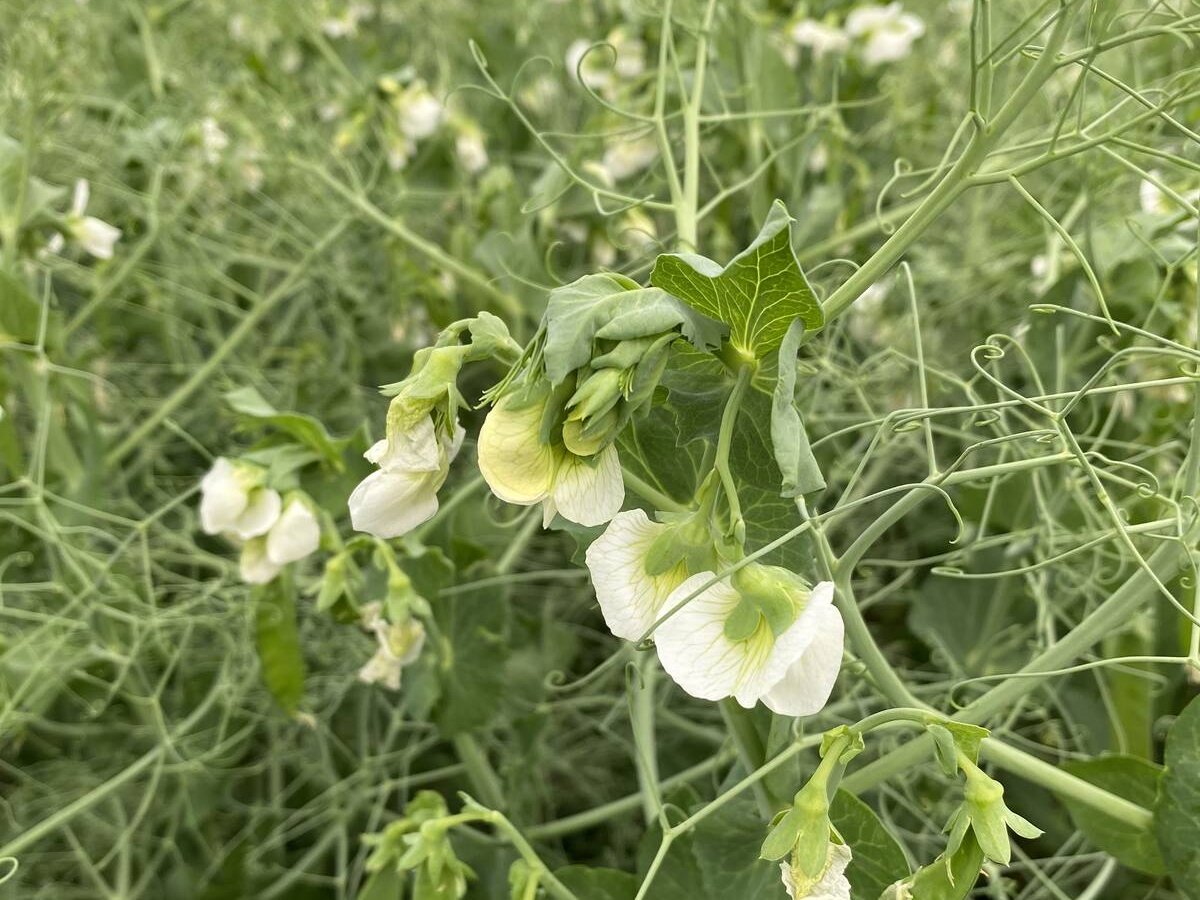The Canadian grain industry is considering moving away from using sprout damage as a grading characteristic, but the Canadian Wheat Board said no move can be allowed until a better system is perfected.
The Western Standards Committee has recommended switching to a system that rates “falling number” directly, rather than through the visual sprout damage assessment used today.
“The uncertainty of (present falling number) testing has a lot of difficult implications that makes it questionable whether at this particular time, given the state of the technology, that replacing the sprout standard with the falling number is a practical thing,” said Canadian Wheat Board grain quality manager Gord Kurbis.
Read Also

India slaps 30 per cent import duty on yellow peas
India has imposed a 30 per cent duty on yellow pea imports with a bill of lading date on or after Nov. 1, 2025.
“There’d be a lot of risk for farmers, and a lot of risk for companies, and a lot of risk for us based on those intrinsic uncertainties.”
The falling number measures the amount of alpha amylase in a grain kernel. Bakers need to know how much alpha amylase is in the wheat they buy, because too much causes the flour to have trouble absorbing water, which makes sticky dough that gums up the baking machinery.
Grain graders now visually judge wheat for sprouting, which is closely associated with increased amounts of alpha amylase. When a kernel sprouts, the alpha amylase level shoots up rapidly and the falling number quickly falls.
In most years the sprouting test is enough to control problems with excess alpha amylase, but in years when there are huge amounts of low quality wheat, sprouting assessments can be inadequate, Kurbis said.
The problem is that falling number tests suitable for grain elevators leave room for error. The most accurate test is not easily carried out at country grain elevators.
If an inaccurate test causes a farmer’s grain to be downgraded, he stands to lose a lot of money, so new tests shouldn’t be introduced until the margin of error is reduced, Kurbis said.
“We have to make sure that whatever changes may or may not happen to the grading system, that the maximum volume of farmers’ grain that has decent specs gets into the higher grades,” said Kurbis.
“We don’t want just something that gives the falling number but that in the process boots a bunch of good grain out.”
The Western Standards Committee is examining the issue and will report to the industry this spring.
Because this year’s wheat quality problems are so severe, in September the CWB instituted a new system using sophisticated falling number tests at port to ensure buyers don’t get bad quality grain, Kurbis said. He said the system works and the board wants to ensure that new changes don’t jeopardize that.
“Whatever happens, we need to be able to guarantee falling number to our customers. Every one of our major competitors around the world can guarantee falling number to their customers.”















